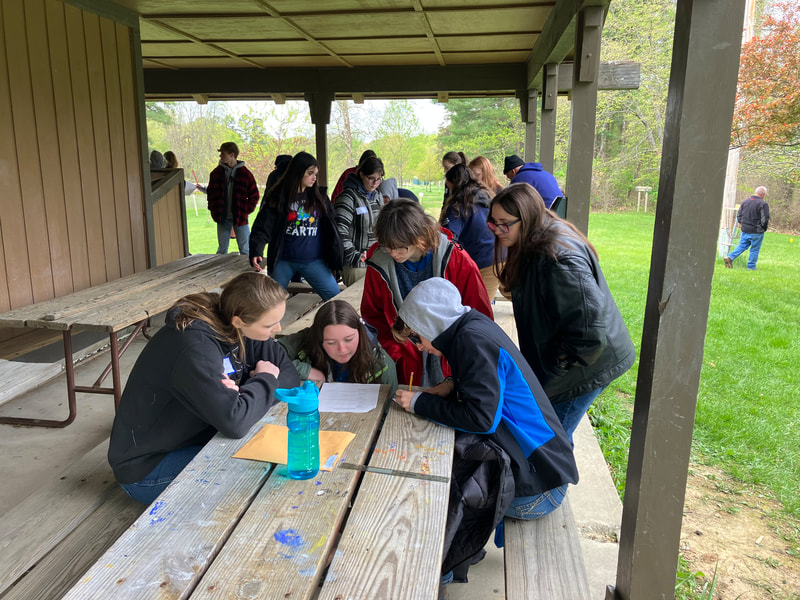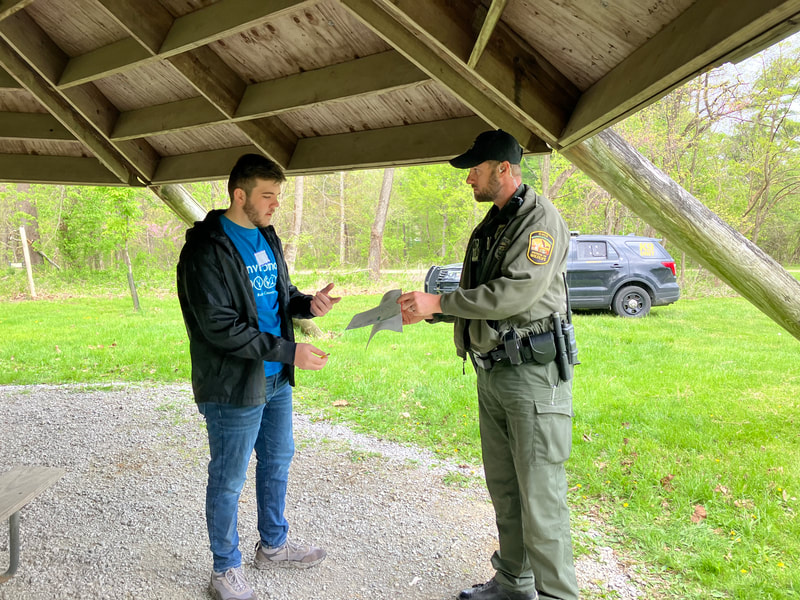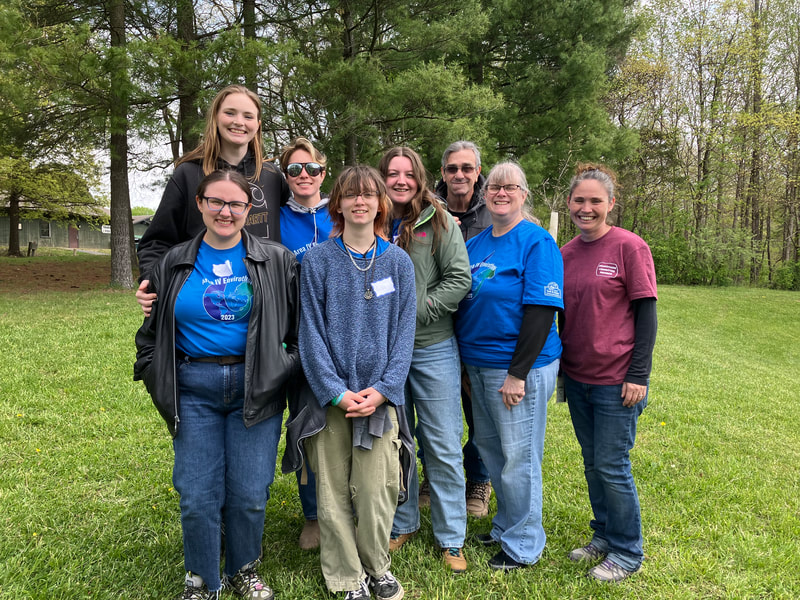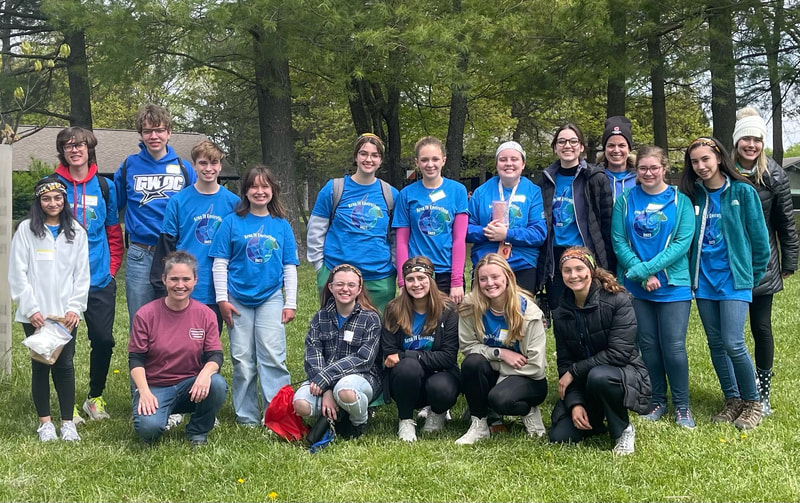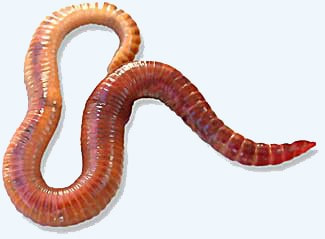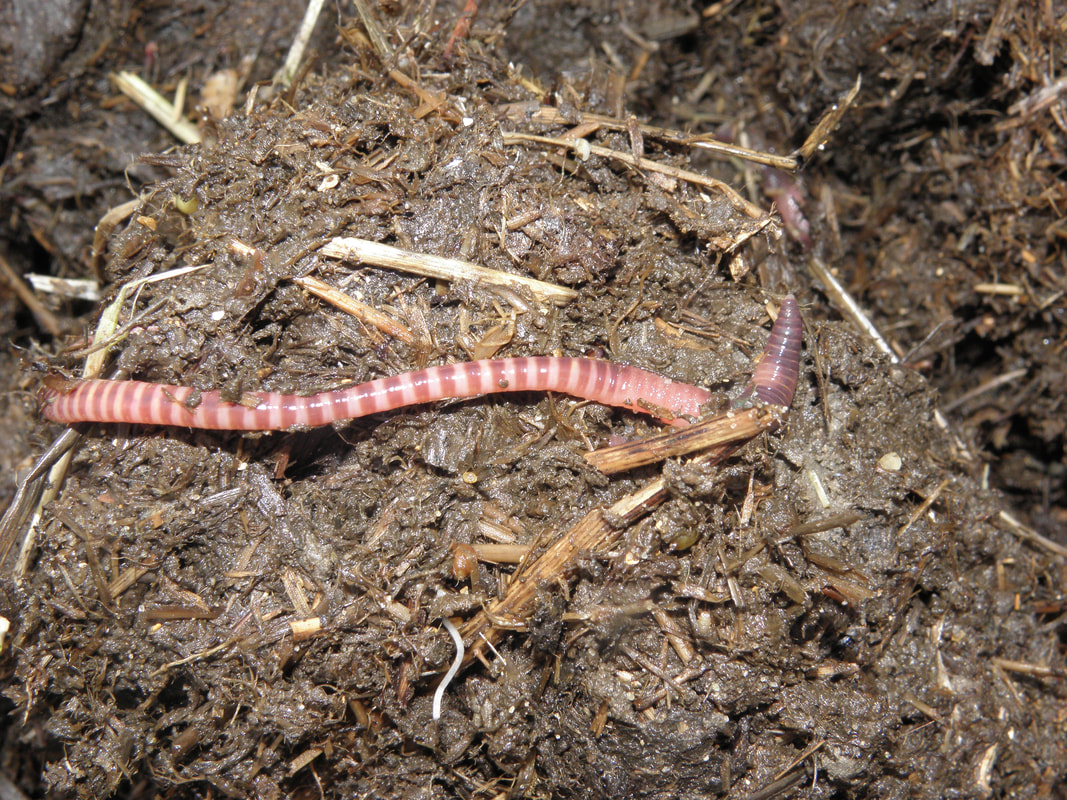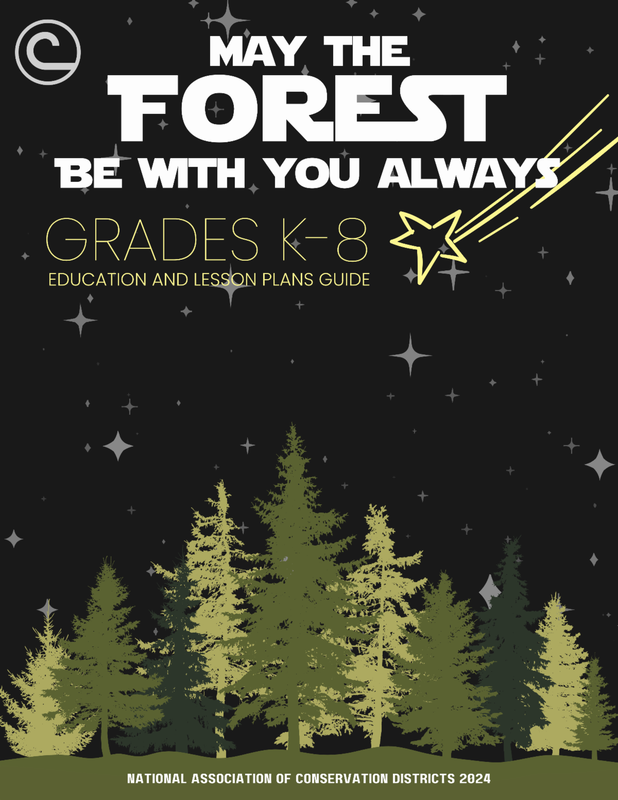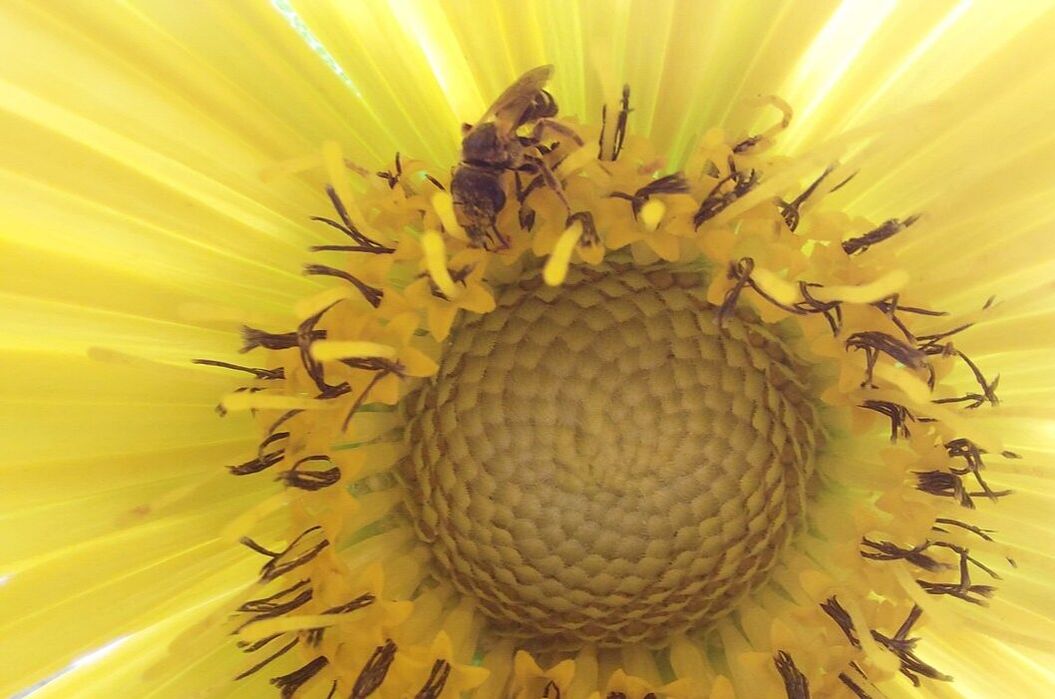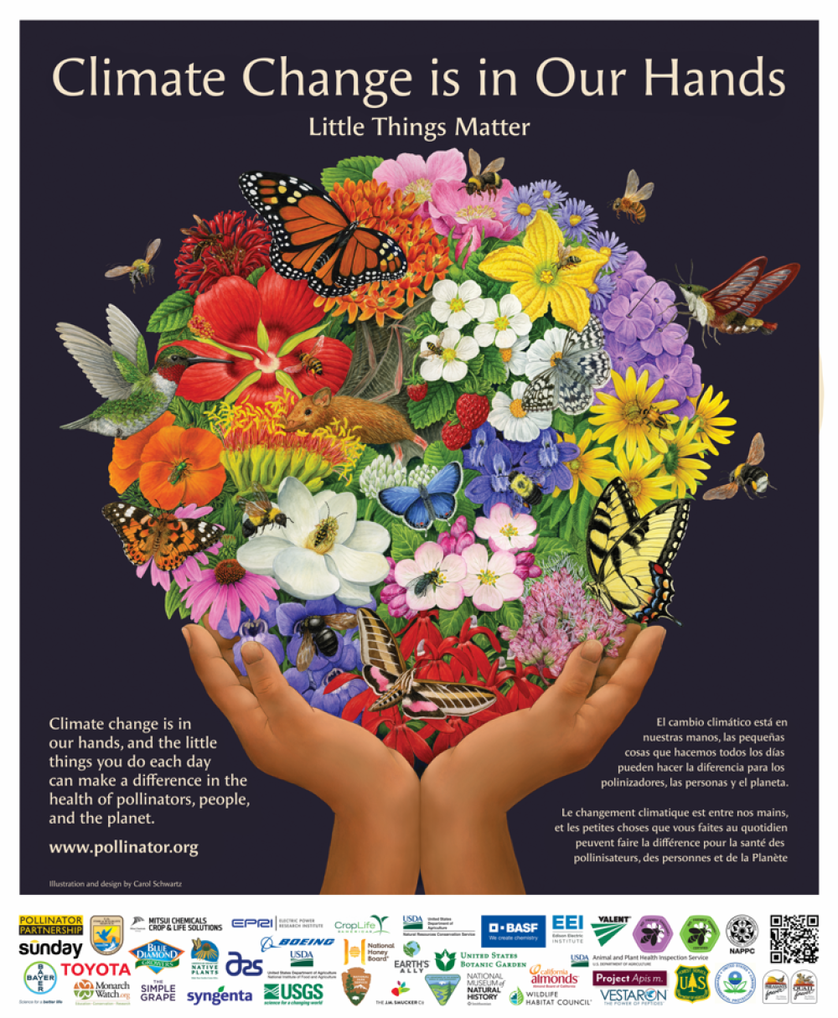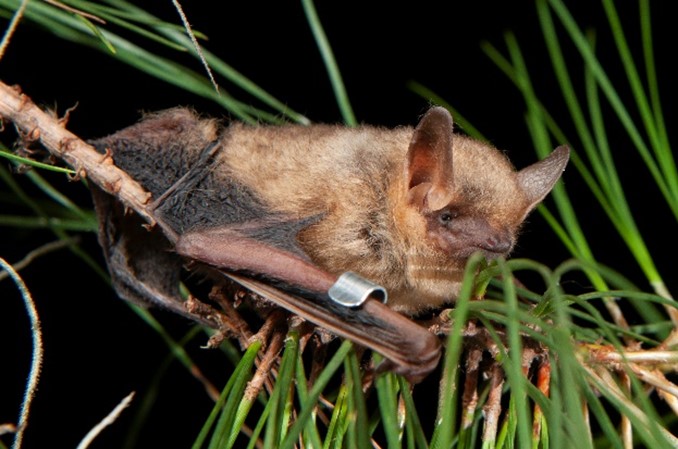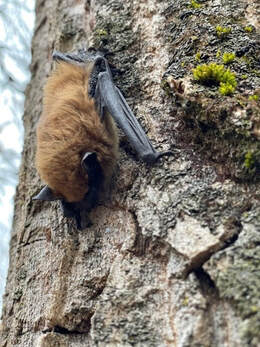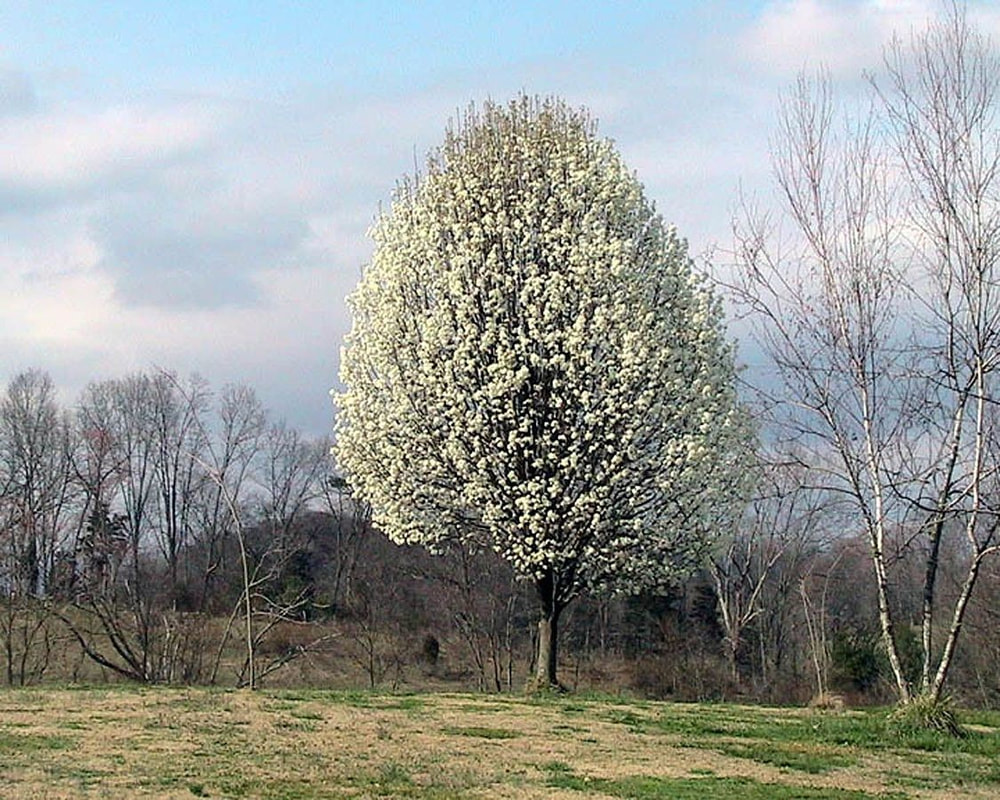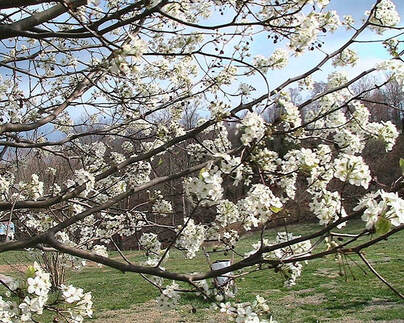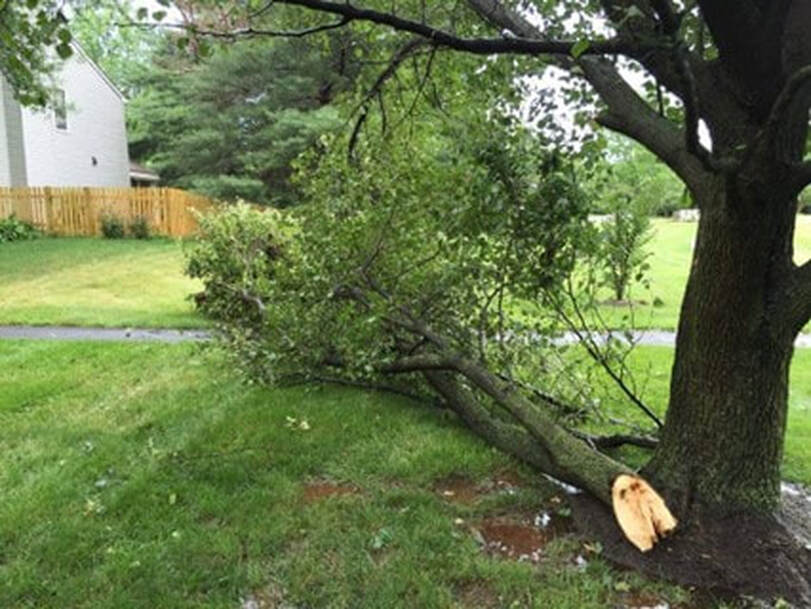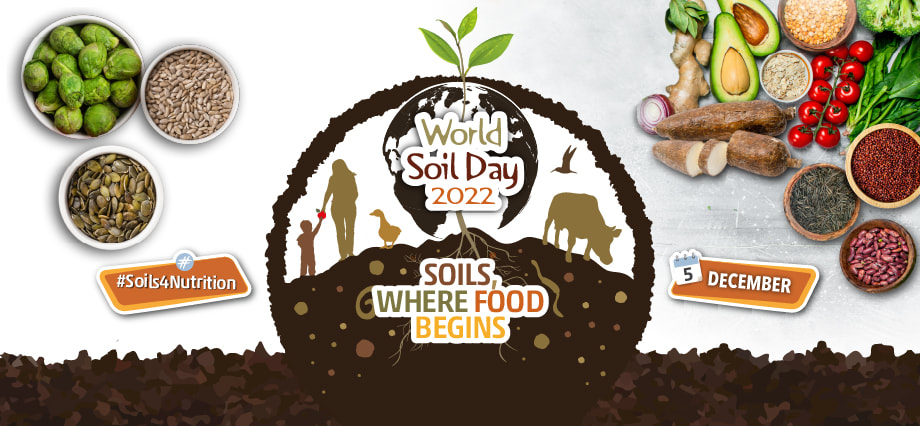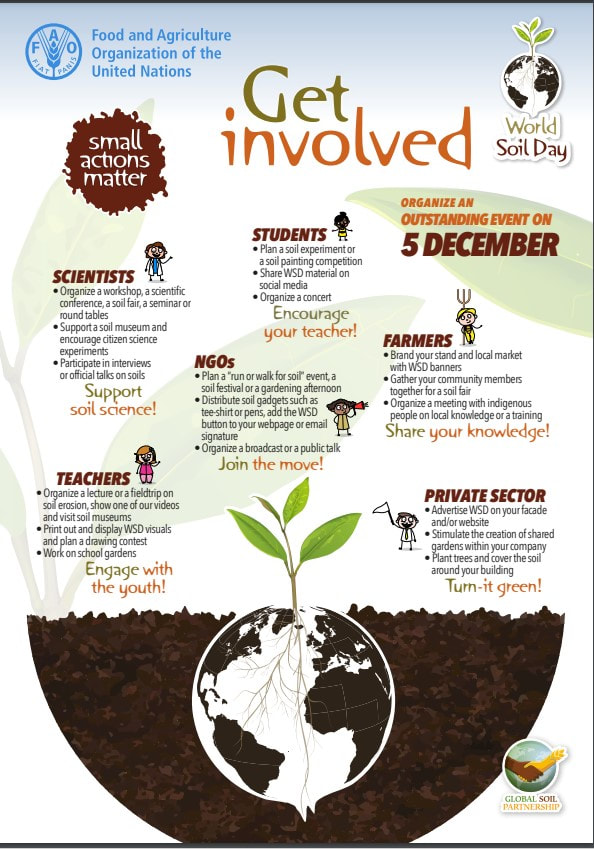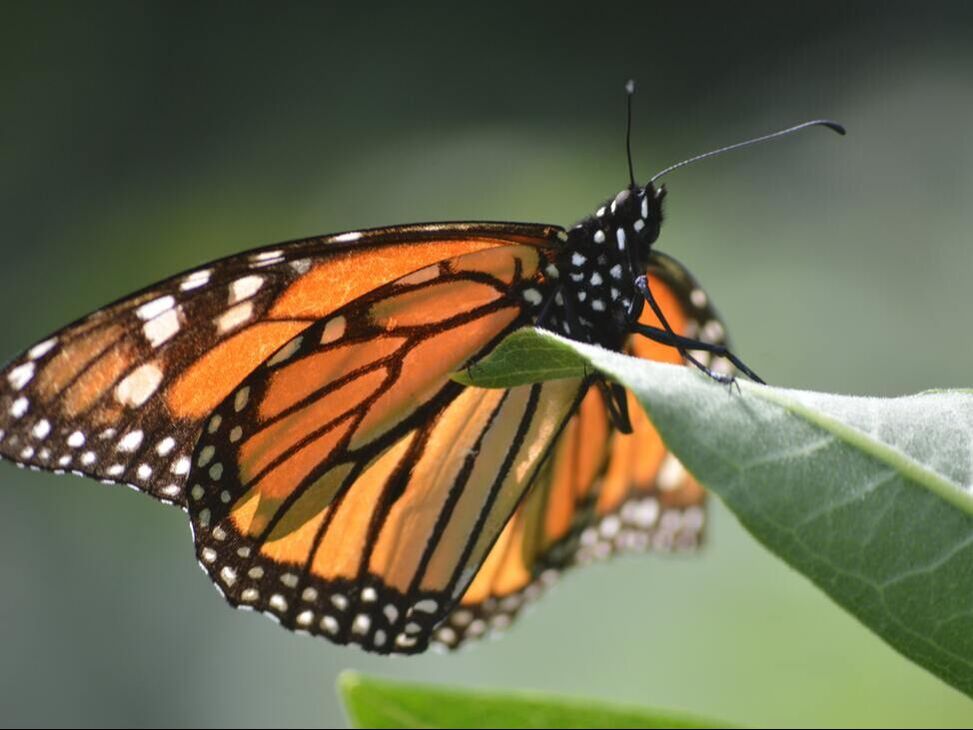|
For many, spring time equals garden time! Whether planning a new garden or simply sprucing up an existing one, make sure to think about incorporating those native plants. Native plants help the environment the most when planted in places that match their growing requirements. They will thrive in the soils, moisture and weather of your region. That means less supplemental watering, which can be wasteful, and pest problems that require toxic chemicals. Native plants also assist in managing rain water runoff and maintain healthy soil as their root systems are deep and keep soil from being compacted. Native plants have formed symbiotic relationships with native wildlife over thousands of years, and therefore offer the most sustainable habitat. A plant is considered native if it has occurred naturally in a particular region, ecosystem, or habitat without human introduction. Exotic plants that evolved in other parts of the world or were cultivated by humans into forms that don’t exist in nature do not support wildlife as well as native plants. Occasionally, they can even escape into the wild and become invasive exotics that destroy natural habitat. Discovering the native plants where you live can also define a unique sense of place and heritage for your garden habitat while preserving the natural history of the flora and fauna of your region. To learn more about native plants and find resources, please visit our Ohio Native Plants page! https://www.warrenswcd.com/ohio-native-plants.html
0 Comments
 Coming up this month, on March 22, people around the planet will recognize World Water Day! World Water Day is about taking action to tackle the water crisis. Today, there are over 663 million people living without a safe water supply close to home, spending countless hours queuing or trekking to distant sources, and coping with the health impacts of using contaminated water. (http://www.worldwaterday.org/) This year’s theme is ‘Water for Peace’, which focuses on the critical role water plays in the stability and prosperity of the world. When water is scarce or polluted, or when people have unequal or no access, tensions can rise between communities and countries. More than 3 billion people worldwide depend on water that crosses national borders. Yet, out of 153 countries that share rivers, lakes and aquifers with their neighbors, only 24 countries report having cooperation agreements for all their shared water. As climate change impacts increase, and the global population grows, we must unite around protecting and conserving our most precious resource. By working together to balance everyone’s human rights and needs, water can be a stabilizing force and a catalyst for sustainable development. World Water Day is a United Nations (UN) observance coordinated by UN-Water. Every year, it raises awareness of a major water-related issue and inspires action to tackle the water and sanitation crisis. Did You Know?
Learn more at www.unwater.org Does the word Envirothon remind you of the word environmental? Well that's because the Envirothon is a high school environmental competition designed to stimulate, reinforce and enhance interest in the environment and natural resources among high school students. Students are tested on their knowledge of soils, forestry, wildlife, aquatic ecology and current environmental issues. In addition, the Envirothon encourages cooperative decision-making and team building. While each student on a team is challenged to contribute his or her personal best, the score that counts at the end of the competition is the team score. A team consists of five students, all from the same high school. An adult advisor (or advisors) must accompany the team, but is not permitted to assist the team during the competition.
High School students across the state compete on the local level at one of the five Area Envirothons. The top four teams from each Area Envirothon go on to compete at the state competition held each year in June for the title of State Champion. The State Champion from Ohio will compete at the NCF Envirothon held annually in North America. The 2024 Area IV competition will be held at Gwynne Conservation Area in London, OH on Tuesday, April 30. For more information about our Area IV competition visit our webpage at https://www.warrenswcd.com/hs-envirothon.html This event is a true example of many groups working together to provide a wonderful opportunity for students to learn through experience! These contests are open to any Warren County schools. If you have a school that would like to participate or learn more, please contact Warren County SWCD Education & Communications Specialist Melissa Proffitt. For more information about the overall program, visit: https://www.envirothon.org What is slimy, red, and helps you grow your veggies? If you guessed red wiggler worms, you would be correct! Red wiggler worms, also known as red worms, tiger worms, and manure worms, are a small species of earthworm measuring 3 to 4 inches long. Red wigglers are originally from Europe, but have now spread to all continents on the globe except Antarctica. For those of us who vermicompost, red wigglers are well known as these voracious eaters are excellent at breaking down food scraps to recycle the nutrients into a valuable soil amendment. But let's learn a little more about these hard working critters! Fun facts:
Red wigglers are such cool creatures! To learn more about how they help with composting visit our previous blog about Vermicomposting is For the Worms! In a galaxy far, far away students are returning to the classroom and educators are on the look out for excellent environmental science materials to share with them. Well educators, look no further! (Well, at least stop here for some great resources!) The National Association of Conservation Districts (NACD) has released its 2024 National Stewardship Week materials and they are out of this world. The theme revolves around the topic of forestry and these educator materials will assist in curriculum planning and support. NACD describes the materials as having "hands-on-learning and experience-based activities for K-8 grades all in a single guide with comprehensive background material, easy instructional resources, and suggestions for modification to include all students. There are also accompanying student journal resources for extending the learning experience. " And don't forget that our education staff is available to present programs and loan education materials to local Warren County educators. We have several tree-rific resources from Project Learning Tree we can share including the Tree Factory, hands-on biofacts like tree cookies, leaves and seeds, and Climate Change, Forest Change, and Tree Ring Analysis Discovery Kits. Contact us at 513.695.1337 to learn more. May the Forest Be with You!
It is National Pollinator Week! Every year people across the country recognize the importance of pollinators and encourage others to support their conservation. Pollinators come in all forms including birds, bats, bees, butterflies, beetles, and other small mammals. These fauna pollinate plants by spreading pollen and helping plants reproduce and produce fruits, and they are responsible for bringing us one out of every three bites of food! This year the emphasis is on the affects of climate change and pollinator decline. Pollinators are being negatively affected as their food sources and habitats are declining, diseases are increasing, and rising temperatures and natural disasters are affecting their ability to survive. Climate change is driving these conditions, but the conservation of pollinators and their habitats can help to combat climate change by supporting healthy ecosystems, air, soil, water, and plants. So how can you help?
Learn more about National Pollinator Week at www.pollinator.org/pollinator-week Get ready to celebrate our world’s only flying mammal! Every year on April 17, conservationists and nature enthusiasts around the globe come together to recognize International Bat Appreciation Day. Of the over 1400 species of bats on our planet, 10 species call Ohio home. All our native bats are microbats—small, insect eating bats ranging in size from 2.5 to 6 inches long in body length. Of these 10 species, 6 of them have been hibernating through the winter in caves and abandoned mines. These include the tri-colored bat (Ohio’s smallest bat), the northern long-eared bat, big brown bat, little brown bat, small-footed bat, and Indiana bat (federally endangered). Meanwhile, the remaining 4 species will be returning from a southern migration. In spring and summer months we will see these species, which include the red bat, evening bat, silver-haired bat, and the hoary bat (the largest Ohio bat).
Many folks are familiar with and have bird houses on their property, but we would love to see more bat houses in our communities. Bat houses provided shelter space for bats and roosts where moms can raise their young pups in maternity colonies. To attract bats, you can plant night blooming flowers which will bring the insect food supply bats need.
For ideas on bat houses and more bat facts, check out the Ohio Bat Working Group website at https://u.osu.edu/obwg/ When many of us look at the natural world around us, some of the first features we notice are the magnificent trees that characterize portions of Ohio’s landscape. Even in our more urban and suburban areas we see these pillars of biology that provide beauty, shade, and many ecological services for air quality, soil stabilization, and wildlife habitat. One particular tree has become ever more present over the years since its introduction to Ohio in the early 1900s: the Callery pear (Pyrus calleryana). In the spring, you will see the many white flowering trees lining neighborhoods, business lots, and highways, and while they may have a visual appeal, they are wreaking havoc on our natural ecosystems. The reason we are seeing more and more of these trees is because they are invasive in Ohio. The United States Department of Agriculture (USDA) defines an invasive species as a non-native species in the ecosystem under consideration and whose introduction causes or is likely to cause economic or environmental harm or harm to human health. The ability of the Callery pear to grow quickly, and its cultivars (like Bradford pear) to cross pollinate with each other despite being previously believed to be sterile, causes the plant to rapidly spread and outcompete some of our native species. Due to these invasive characteristics, the state of Ohio has joined others states in banning the sale of Callery pear trees. The state ban recently went into effect on January 7, 2023, in hopes of slowing down the encroachment of this tree in the forest understories around the state. However, many of these established trees will continue reproducing, especially as they are growing on residential and commercial properties across our communities. And while all Ohioans will need to choose new species to plant instead of Callery pears going forward, many are also choosing to replace their established pear trees. Besides the environmental issue these trees can cause, they are also losing their original landscape appeal as they become more susceptible to damage and limb breakage during storms as they grow. So, the question then becomes, what can we plant instead? Several native species are suggested by the Ohio Department of Natural Resources (ODNR) as appropriate replacements for Callery pear, including:
Several of these species, including eastern redbud, flowering dogwood, and serviceberry, are available through the Warren County SWCD annual tree seedling sale. The tree sale helps to support local reforestation efforts and promote conservation action of increasing native tree plantings in our community. The annual tree seedling sale takes place every year, with trees available in early spring. Learn more about this event and how to order on our 2023 Tree Sale page https://www.warrenswcd.com/tree-sale.html For information on how to remove or control Callery pear in forested or natural settings: OSU Extension fact sheet https://woodlandstewards.osu.edu/sites/woodlands/files/d6/files/pubfiles/0045.pdf Contact your ODNR Division of Forestry State Service Forester for further assistance: https://ohiodnr.gov/discover-and-learn/safety-conservation/about-odnr/forestry/landowner-assistance One thing that unites all of us is food. Though there may be a diverse range of tastes and diets, we all still need that life sustaining nourishment to survive. This means we are all intrinsically linked and dependent on healthy soils across the globe, for it is from the soil that we can grow our food, and that soil is alive with organisms and organic elements that provide for a healthy and fertile base for plant life. The 2022 theme for World Soils Day, “Soils: Where food begins”, seeks to promote how important proper soil management is to the health and well being of our ecosystems and human societies. The loss of nutrients in the soil from poor management is a critical degradation which threatens nutrition across the world. However, agricultural practices can go a long way to support soil health and conserve this precious resource, and whether you operate acres of cropland or raise a small vegetable garden, there are steps you can take to protect your soil! To properly care for your soil, it is important that you know what condition your soil is currently in. Soil testing is a tool to evaluate nutrient imbalances and understand plant growth. Soil testing allows landowners to adjust soil pH to the optimum range (6.0-7.0), which makes nutrients more available for plant growth. Any application of phosphorus or nitrogen fertilizers can be done in a targeted, as-needed basis which then prevents excess of these nutrients from entering our surface and ground waters through over-application and runoff. The organic matter present in soil contributes to the physical, chemical, and biological properties of that soil. Soil structure, water holding capacity, nutrient contributions, biological activity, water and air infiltration rate, and pesticide activity are all properties influenced by organic matter. The more organic matter present, the better water holding capacity, nutrient holding, and more beneficial biological activity that soil will demonstrate. Learn more about soil testing on our website HERE. One of the best ways to safeguard soil health and conserve the organic matter of the soil is to reduce erosion. Wind and water can carry soil particles away, depositing them elsewhere in the environment where often this sediment itself then becomes a type of pollution. Poor soil structure connected to low organic matter increases this erodibility. Visit our previous blog Shifting Soils to learn more about solutions to erosion! Have more soils questions? Contact our office to speak with one of our knowledgeable staff members about your soil needs!
When we see a bright orange and black butterfly, many of us will recognize that iconic coloration of the beautiful monarch butterfly. Monarchs have captured the hearts of many an admirer with their amazing powers of metamorphosis, pollination, and migration. Yet the secret to their success all lies with having a good meal to start off! And when you are a monarch caterpillar freshly hatched from your egg, that meal can only come from the milkweed plant. Milkweed species occur across almost all regions of the continental United States, except parts of Washington, Oregon, and Alaska. Milkweed is also native to southern Canada and Mexico. Of the 17 milkweed species native to Ohio, there are 10 species which serve as host plants for monarchs. Common milkweed (Asclepias syriaca) and swamp milkweed (Asclepias incarnate) are two of those species. Another common species which occurs and is a good nectar source for adult butterflies but does not serve as a caterpillar host is hemp dogbane (Apocynum cannabinum). These different milkweed perennials differ from one another in a couple of structural ways. Common milkweed has a single stem that is hairy and can reach 6.5 feet tall. Hemp dogbane and swamp milkweed both have multiple stems, but the leaf pattern is different. Hemp dogbane has leaves that grow opposite each other on the stem while swamp milkweed has long, narrow leaves that grow in pairs up the stem. While there are multiple subfamilies of milkweed, the milkweeds in the subfamily Asclepias, like the common and swamp milkweeds, are considered host plants for the monarch butterfly. As host plants, they are the only plants that monarchs can lay eggs on because these milkweeds are the only food source of the monarch’s distinctive yellow and black striped caterpillar. Natural chemicals monarchs ingest from milkweed in this larval stage of their lifecycle also protect them from predation. The milkweed plant starts the monarch off on its amazing transformational journey. An adult female will lay eggs on the milkweed, that egg will hatch into a leaf munching caterpillar (larva stage), that caterpillar will form a J shape and then spin a chrysalis (pupa stage), and finally an adult butterfly will eclose out of the chrysalis to start the cycle over again. The adult monarchs we see in Ohio at the end of summer are known as the super generation because these are the monarchs that will migrate all the way to Mexico to overwinter. That’s a lot of motion! Do you want to help be a champion for monarchs? Consider planting milkweed on your property! Already have milkweed plants? Consider collecting your brown seed pods between September and November and dropping them off at the Warren County SWCD office as part of the Milkweed Seed Pod Collection drive we do in conjunction with the Ohio Pollinator Habitat Initiative (OPHI). Learn more at https://www.warrenswcd.com/milkweed-seed-pod-collection.html. |
Details
Author:
|
|
|
Contact:PHONE: (513) 695 - 1337
EMAIL: [email protected] HOURS: Monday - Friday 7:30am - 4:00pm (except holidays) Connect:Warren County Soil & Water Conservation District Copyright © 2016
Warren SWCD Privacy Notice. Emails are serviced by Constant Contact. Constant Contact's Privacy Notice. |


